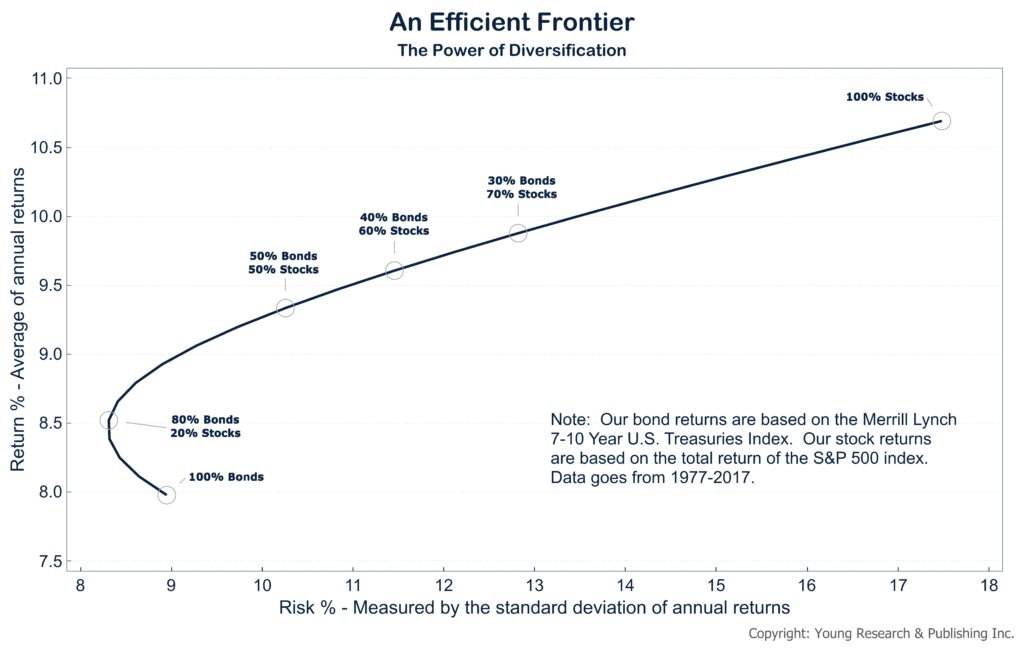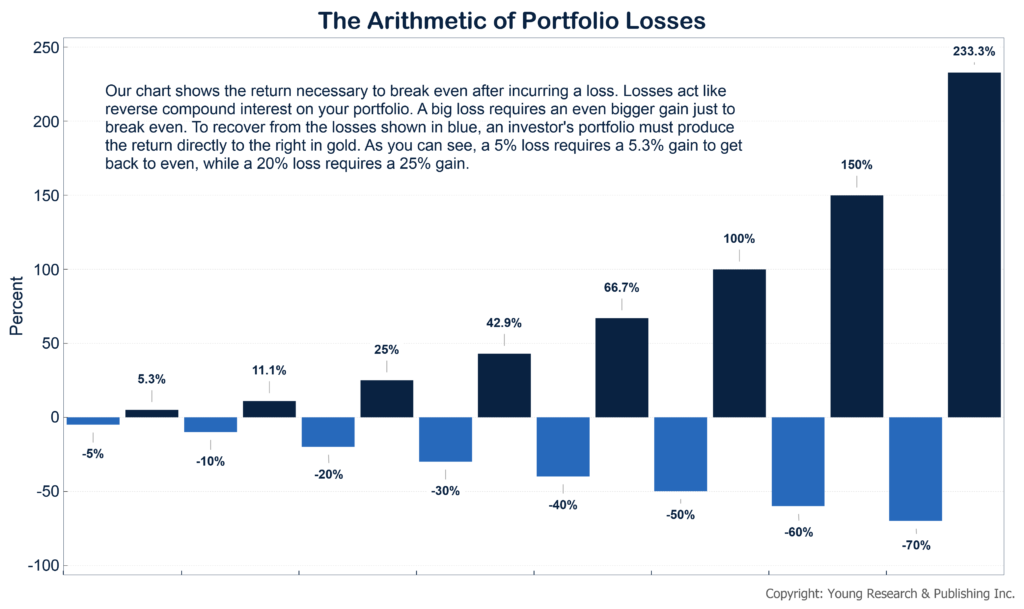Are you a trader or speculator? Or are you long term investor saving for a comfortable retirement? What’s your field of play?
In December of 2011 I wrote to readers explaining that each sport is dependent on the field of play. Coaches and players enter the game with a clear understanding of what they are trying to achieve, and the area within which they are trying to achieve it. Does that describe your current investment planning picture? If not, your first step is understanding your field of play. I wrote:
Football, baseball, soccer, hockey—each has something in common that can be translated into the investment world: Management knows in advance that 100% of the action will take place in a designated space, whether arena or field. As such, the focus is on a significant known. While it is true, certainly in baseball fields, that performance venues are different, the differences are known well in advance and are likely to remain static for a long time. Let’s take the Boston Red Sox. Whom, by the way, should we blame for this year’s disaster? Was it not convenient of Theo to leave bodies (see Crawford’s outrageous contract) strewn all over Fenway Park and then simply quit, walk away from the carnage, and jump to the Cubs?
Here’s the play. The Sox develop a team that is theoretically built to take advantage of the oddities of Fenway Park. The Yankees do the same tailored to a completely different mix of ballpark physical oddities. Many decades ago, I decided that field of-play thinking was necessary, at least for me, in order to allow disciplined thought and strategic planning on the investment front. Most investors, professional or amateur (I am never sure where the line is drawn), form decisions based upon news of the day, emotion, and the views of others. This crowd is action-oriented, wrongly believing that the more action in a given portfolio, the better odds for satisfactory performance. In fact, it’s exactly the opposite. I decided to take the news of the day off the table, to pay no attention to day-to-day market action, and to not seek out the opinion of others, but rather rely on my own thought process. This approach, of course, mandates extensive reading on a broad array of subjects. Enter inference reading as the heart of my decision-making process. The final leg involved putting all the information gathered from my reading and study into a workable format, or playing field.

